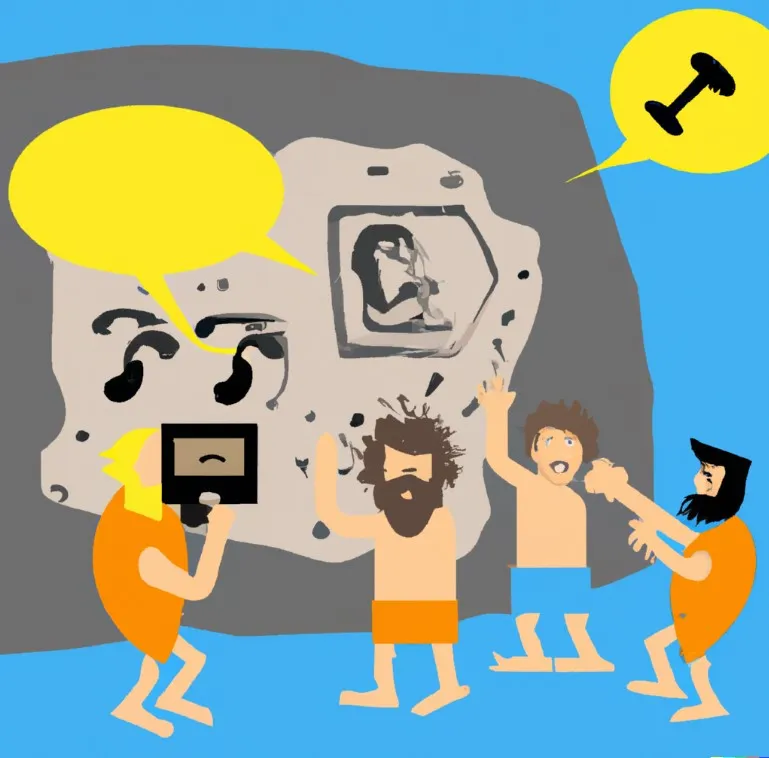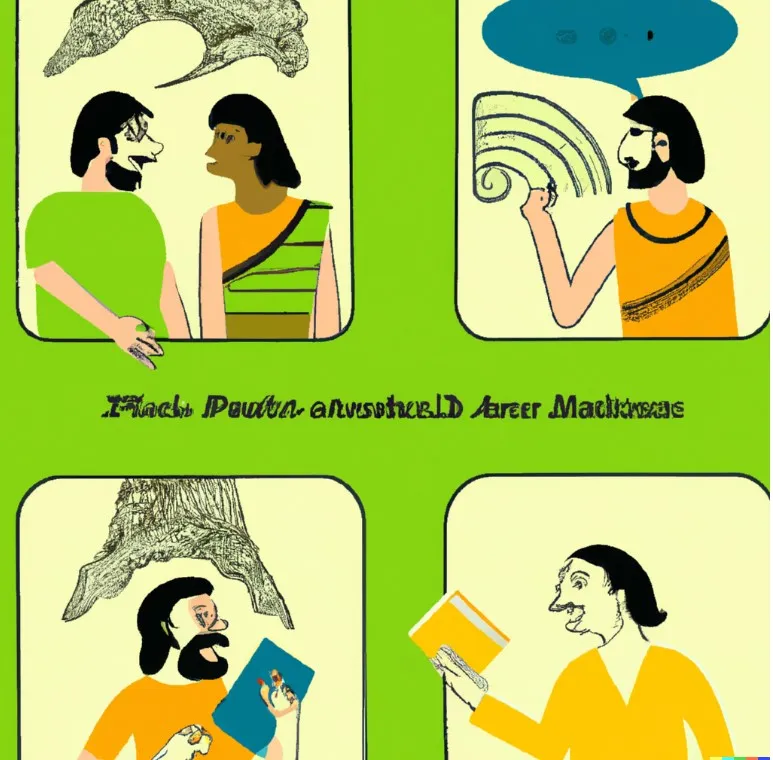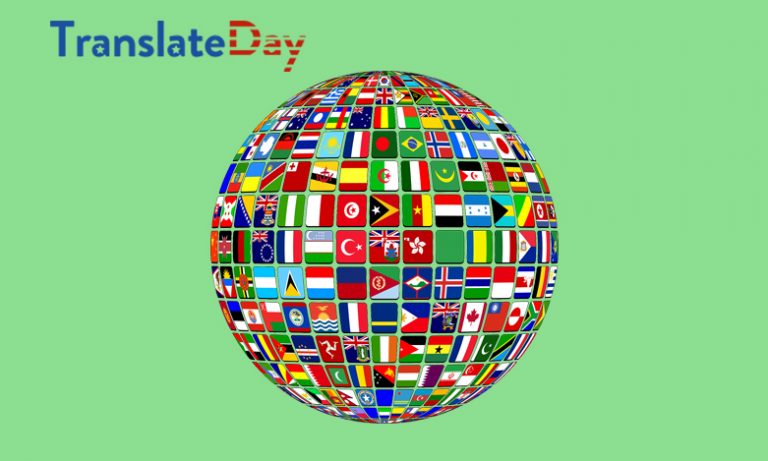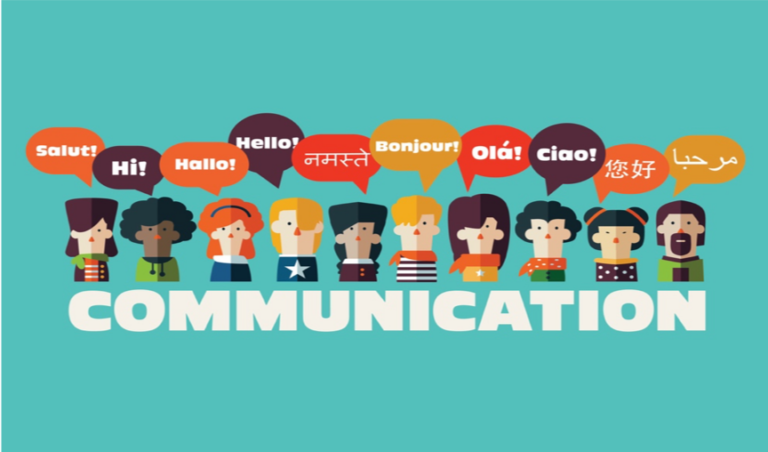Regarding the history and origin of human languages, researchers are divided. Some people argue that the earliest actual language was the proto-language of Homo habilis. While some claim that Homo erectus is the source of what we now know as modern language, the majority holds that Homo sapiens are the ones responsible. With these theories in mind, the evolution of language probably started between 50,000 and 100,000 years ago.
Nowadays, we use language to communicate our thoughts, ideas, feelings, and intentions to others through language. Humans have created a vast range of methods over thousands of years to give particular meaning to sounds, words and grammatical structures to establish languages.
With the help of this carefully chosen selection of resources, we will show you a overview on how languages throughout the globe were created, how they have changed over time and how their own languages are still changing now.
Why were Languages Created?
The Birth of languages, an Adaptation for Survival
Although it may seem like an easy question the truth is there is certainly not a clear answer at to why languages originated. One of the most accepted theories believe that humans needed to interact with one another in order to successfully hunt, cultivate and defend themselves from their hostile environment. Language-based communication gives human specie a higher chance of surviving. But, when exactly Homo sapiens originally created and employed it, is unknown to scholars.
There is an astonishing variety of languages and means of communication. Certain languages are totally visual and don’t require vocalizations or translation, such as American Sign Language (ASL). Other languages use symbols to create written forms that graphically record meaning.

The Creation of Languages, an Evolutionary Perspective
The alternative view, advanced by linguist Noam Chomsky and evolutionary scientist Stephen Jay Gould, believe that language developed as a consequence of other evolutionary processes. Gould used the term “spandrel” to describe the belief that language defied natural selection. In biology, a spandrel is a feature of an organism that was not specifically evolved for its current purpose, but rather is a byproduct of the evolution of another feature. Gould and Chomsky really put up the hypothesis that many human activities, like languages, are spandrels.
Darwin referred to a process as “pre-adaptation,” which is now known as exaptation, and it is the cause of these diverse spandrels. This is the notion that a species adapts for a function other than that for which it was developed. The idea that bird feathers were originally an adaptation to help the bird stay warm and were only subsequently employed for flight is one such example.
According to Chomsky and Gould, language may have developed simply because the brain’s physical structure changed or because the same cognitive mechanisms that were employed for learning rules or manufacturing tools also worked well for sophisticated communication. This supports the idea that as our brains became bigger, so did our cognitive abilities.

The Continuous Evolution of Languages
Languages are far from static and are in fact constantly changing. According to language theorists and academics, we create new words every day. There was a period when nobody would suggest taking a “selfie” or doing a “zoom”. These modifications are a result of colonization. Significant social, economic, or political developments have an impact on how we communicate today. Unfortunately, languages are lost due to human activity.
Our usage of emoji, punctuation omission, and other abbreviations on mobile devices has increased dramatically as a result of technological advancements.
However certain languages, (like contemporary Icelandic) are quite similar to their ancestors. Old Norse is an extremely ancient form of communication and has been altered very little over time. By the incorporation of other languages’ components, additional languages quickly develop.
Languages origin may have been any of the previously mentioned theories, but there is no way to know how it will continue evolving. Particularly if you work as a language translator or linguist in the translation industry, you should take note of this trend. A dynamic environment that will surely bring changes as the rate of internet adoption in developing nations is increasing.
Translation – The Key to Interconnect Languages
Translation of widely spoken languages must be understood by businesses that wish to grow. Understanding the most frequently translated languages is a great place to start when looking for a language translator to work with and achieving your goals for international expansion. Choosing a suitable language translation service is key to achieve the business goals you’re looking for.
According to Internet World Data, English is the most prevalent language among the top 10. Over 1.5 billion people utilize the internet, making Chinese, Spanish, and Arabic among of the most popular languages. Following them with 1.3 billion users each are Portuguese, German, French, Russian, Indonesian, and Japanese.
Smart Line USA is providing language translating services at reasonable cost. Language translators are also available at smart line USA.
You may do the same as online enterprises, who are generally aware of this and operate in these marketplaces accordingly. The top five languages with the most demand for translation are shown below. A translation company can help you improve your chances of success if you want to develop in one of these markets. Most demanded languages to be translated are English, French, German, Russian, and Italian.

Future Directions for The Most Popular Languages for English Translation
We already know some of the languages that are now the most translated ones in the globe. However, as we analyze trends we see indicators that other languages may overtake them in the next years. In Asia, Hindi and Korean will be widely used online. In Europe, Danish and Finnish will be widely used. As local online marketplaces expand, the most used languages will surely shift.
Despite the fact that many dying languages continue to exist in the vocabularies and dialects of well-known languages all over the world, many dying languages will also disappear due to various factors owing to governmental persecution or societal assimilation.






